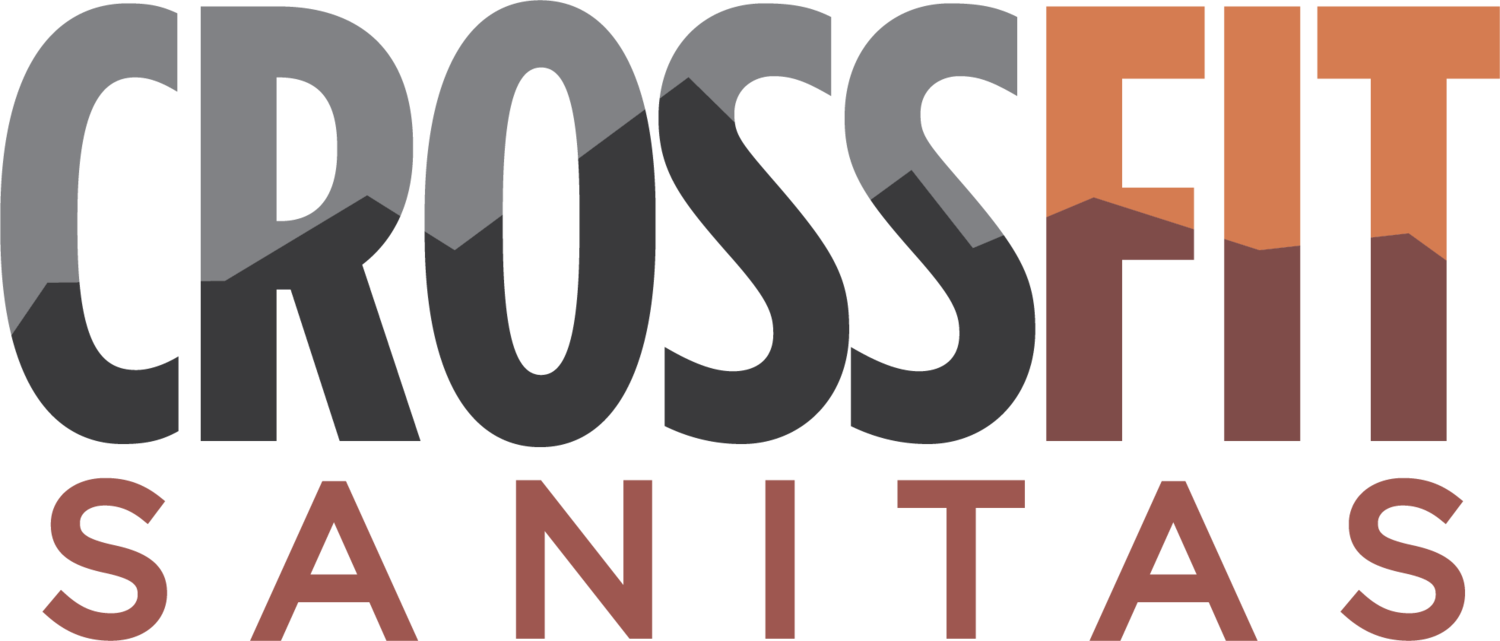Maximize Your CrossFit Recovery: What to Eat (and When) After You Train
You just crushed your WOD—but the work isn't done. If you want to build strength, recover faster, and come back stronger tomorrow, what you eat in the first 30–60 minutes post-workout matters just as much as the workout itself. Here’s exactly what to do to get the most out of your training:
Within 30–60 Minutes Post-Workout: The Recovery Window
Your muscles are broken down, your glycogen stores are depleted, and your body is in a high-alert state—ready to rebuild. Now’s the time to refuel strategically.
Protein First (20–40g):
This is your top priority. You need fast-digesting protein to kickstart muscle repair and prevent muscle breakdown. Aim for 20–40g of high-quality protein within an hour of finishing your workout.
Great options:
Whey protein isolate (fastest absorption)
Plant-based protein powders (pea, rice, soy)
Greek yogurt or cottage cheese
Eggs or egg whites
Add Carbs (15–40g):
For CrossFitters building strength and endurance, pair your protein with 15–40g of fast-digesting carbs to help replenish glycogen and support performance in your next session.
Examples:
Banana, berries, or melon
Cooked white rice or sweet potatoes
Oatmeal or rice cakes
A small drizzle of honey or maple syrup (especially in a shake)
Suggested ratio: Start with 1:1 carbs to protein for strength goals. If you did a long, high-volume metcon, bump closer to 2:1.
Keep Fats Low (For Now):
Healthy fats are great—but they slow digestion. Save your avocado and nuts for later in the day.
Hydrate Well:
Aim to replace fluids lost through sweat. Drink water until your urine is pale yellow. Add electrolytes if you had a long or hot workout.
1–4 Hours After Training: Recovery Meals That Keep You Going
Your next meals should be balanced, whole food-based, and rich in lean protein, complex carbs, and colorful veggies.
Meal ideas:
Grilled chicken, roasted sweet potato, and greens
Lentil or bean soup with brown rice
Scrambled eggs, whole-grain toast, on a bed of arugula
Salmon, quinoa, and a mixed green salad with olive oil and balsamic
Keep in mind that these are general guidelines, and eating for recovery may differ for you, based on your individual goals.
Beyond 4 Hours: Keep the Momentum Going
Your body continues rebuilding throughout the day. Every meal should support recovery.
Protein at every meal to support muscle repair
Complex carbs to fuel training and daily movement
Healthy fats for hormones and long-term energy (avocados, nuts, seeds, olive oil, fatty fish)
Here's to good health!



